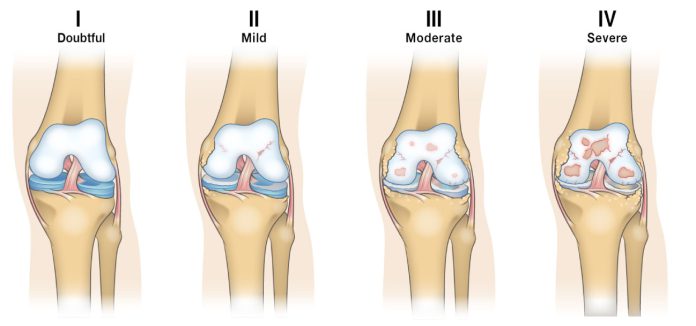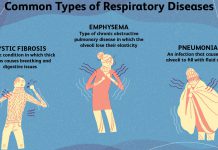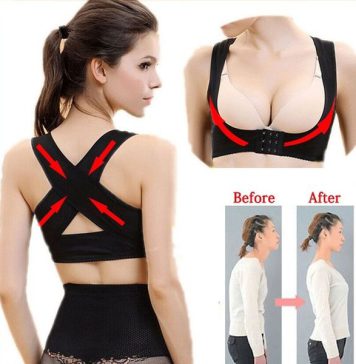exproperti.com – Although OA of the knee is a lifelong condition, there are treatments that can help ease the symptoms and keep the disease from progressing. The most important of these is a good diet and exercise program. In addition, you should try to limit your activities to those that are low impact. If you must participate in high-impact activities, consider wearing shock-absorbing inserts in your shoes. Using a knee brace may help reduce the pain you feel. Physical therapy exercises can help you improve your motion, strength, and flexibility. Always consult with a healthcare provider before trying any treatment.
Cartilage Transplant and Osteochondral Transplant are the Treatments for OA
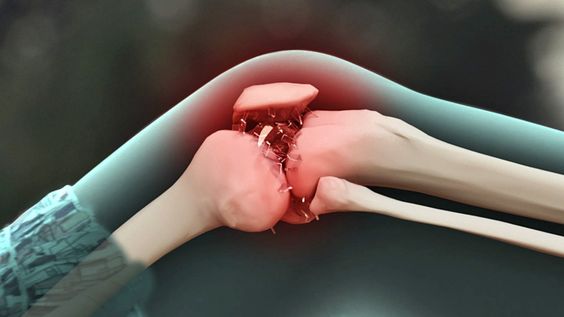
Treatments for OA include a range of procedures. One of these is cartilage transplantation, which involves harvesting cartilage cells through a keyhole surgery and multiplying them in the laboratory. The cells are then implanted in the knee defect. Another option is osteochondral grafting, which involves transferring cartilaginous dowels from non-weight-bearing parts of the knee. This procedure is not recommended for patients with gross arthritis, but it is effective for some patients. In the meantime, non-surgical treatments can help with the pain. Other options may include physical therapy, acupuncture, and topical analgesics.
Exercise is a great way to improve joint stability and reduce pain

The most common treatment for OA of the knee is surgery. However, there are many treatments for OA, including non-pharmacologic treatments. Exercise is a great way to increase joint stability and decrease pain. You can also wear a brace, a knee support, or a shoe insert to protect the joint from stress. Even if you do not have surgery for OA, there are still many options to help relieve your pain and prevent joint damage.
Treatments for OA of the knee can be non-surgical and even involve a variety of different techniques. Non-pharmacologic treatments can help you relieve mild symptoms and keep the disease from progressing. For more advanced cases, exercise can improve joint stability, while braces and knee supports can protect the knee from stresses. Some people can use braces and other protective devices to help prevent further damage. You can also invest in a brace to protect your knee from excessive stress.
The only effective treatment for OA is joint replacement
The treatment options for OA are limited. The only effective treatment is joint replacement, and it requires surgery. There are many nonpharmacologic therapies for OA, including exercise and acupuncture. In addition to medications, your doctor may recommend a strengthening protocol and braces to protect the joint. In some cases, nonpharmacologic treatments will not be enough to relieve the pain caused by OA.
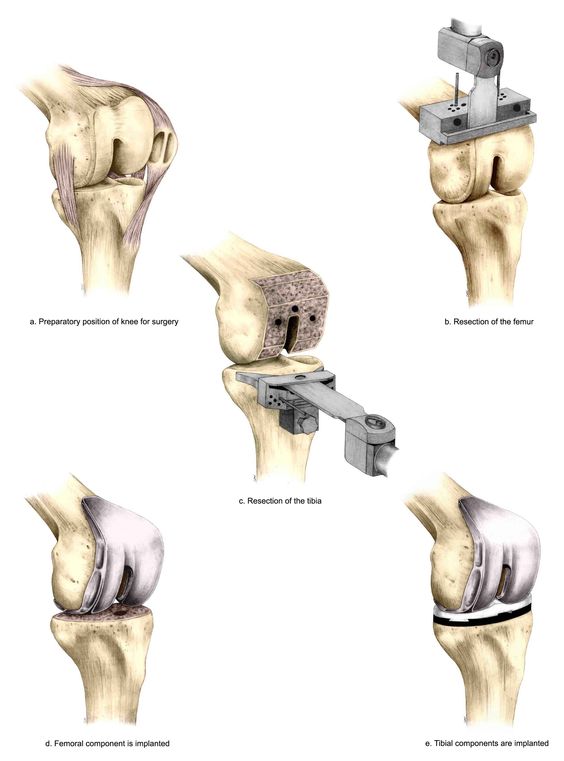
Stage 3 is characterized as moderate OA. The space between the bones begins to narrow. There are many nonpharmacological treatments for OA, such as braces and exercises. Orthotics can protect the knee from stresses. Your doctor may also prescribe shoes or knee supports that prevent the pain of OA. They are available for patients with arthritic conditions. These methods will help you live a more active life.
As the condition progresses, there are a few treatments available. Surgical procedures are the most common option. Various nonpharmacological treatments can help alleviate the pain of mild OA. Besides medications and exercise, you can also use braces and shoe inserts for protection. Lastly, a knee brace will prevent the stress placed on the joint. They will help you stay active in spite of the pain.
Early diagnosis is essential in preventing the disease from progressing
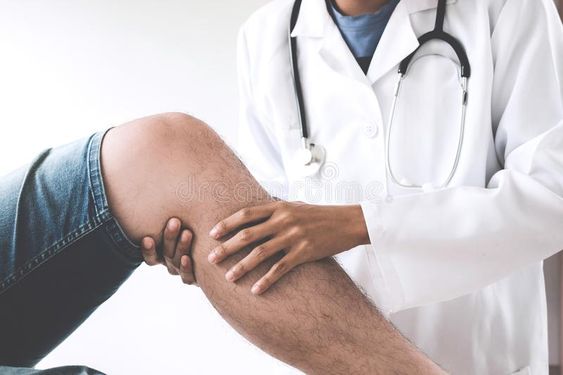 If you are experiencing mild symptoms, there are many treatments that can be used. Early diagnosis is vital in preventing the disease from progressing. In addition to prescription medications, there are also nonpharmacologic therapies that can relieve the pain. These treatments include acupuncture and massage. For people with severe OA, these treatments may not be enough, but they can help you manage the symptoms. For example, a doctor may recommend exercises and exercise programs that will improve joint stability. A brace or knee support can help protect the knee from the stresses of everyday life.
If you are experiencing mild symptoms, there are many treatments that can be used. Early diagnosis is vital in preventing the disease from progressing. In addition to prescription medications, there are also nonpharmacologic therapies that can relieve the pain. These treatments include acupuncture and massage. For people with severe OA, these treatments may not be enough, but they can help you manage the symptoms. For example, a doctor may recommend exercises and exercise programs that will improve joint stability. A brace or knee support can help protect the knee from the stresses of everyday life.
Surgical treatments are usually the only options available for treating the pain and discomfort caused by OA. While joint replacement is the most common and effective option, there are also several other treatments that can relieve mild or moderate symptoms of the condition. Among these, exercise helps reduce the pain and increases joint stability. You can also consider using shoe inserts or braces to protect the joint. When severe, knee replacement may be your only option.

